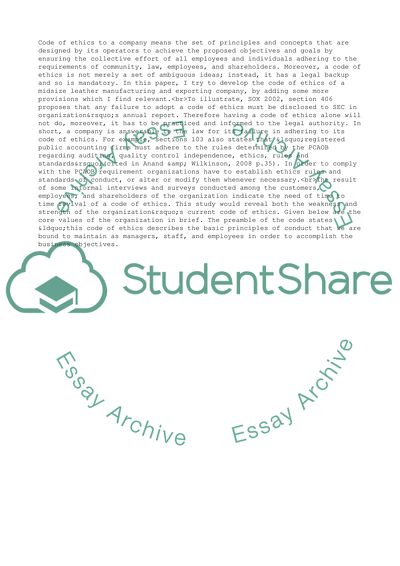Cite this document
(Shaping Organizational Code of Ethics Research Paper, n.d.)
Shaping Organizational Code of Ethics Research Paper. Retrieved from https://studentshare.org/management/1725086-code-of-ethics
Shaping Organizational Code of Ethics Research Paper. Retrieved from https://studentshare.org/management/1725086-code-of-ethics
(Shaping Organizational Code of Ethics Research Paper)
Shaping Organizational Code of Ethics Research Paper. https://studentshare.org/management/1725086-code-of-ethics.
Shaping Organizational Code of Ethics Research Paper. https://studentshare.org/management/1725086-code-of-ethics.
“Shaping Organizational Code of Ethics Research Paper”, n.d. https://studentshare.org/management/1725086-code-of-ethics.


